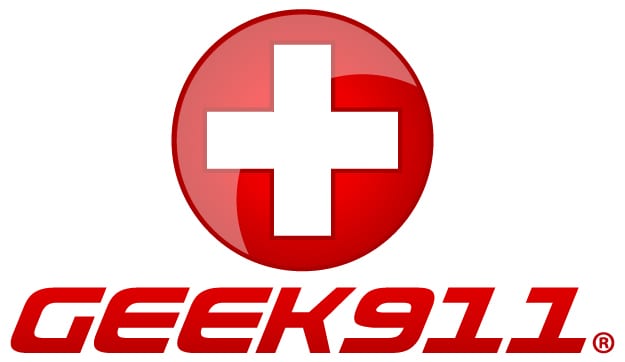7 Safeguards You Should Have in Place for Any Backed-up Data
With the advent of new, data-driven business environments comes a new problem. Malicious actors are on the hunt for data and insight to carry out their nefarious activities. Hence, they target the data of businesses. Unfortunately, most businesses do not have the best resources and measures to protect themselves from cyberattacks.
There are more successful cyberattacks caused by human error than by actual successful hacking. Verizon reports that 80% of successful attacks are due to human error. This strengthens the need for businesses to introduce new cybersecurity policies, one of which is employee cybersecurity training, and another is data protection, which goes beyond simple data backup.
Defining Data Backup
Data loss can cause untold damage to your business in many ways. Ensuring your business data is protected online and always available when needed is vital. One such strategy is data backup.
In basic terms, data backup means copying digital files to a secondary location in the event of hardware failure. Disaster recovery is becoming a vital issue, and cyber-criminals are at the heart of it.
However, while data backup is good, there is a catch; backed-up data can also be corrupted and lost. The following section discusses some safeguards to put in place after backing up your data.
Safeguards in the Event of Data Backup Failure
Below are some safeguards to opt for to protect your backed-up data:
Continuous data protection
Continuous data protection is a technique that refers to multiple layers of connected technologies specifically designed to improve data protection. Also known as CDP, a system operating on this technique backs up all business data immediately after every alteration. This technique also creates several copies of data simultaneously.
Most CDP systems incorporate an inbuilt engine that duplicates data from primary storage to a secondary tape-based storage or backup server. One common feature of CDP systems is the disk-to-disk-to-tape backup.
Data reduction
This technique has only one goal; to reduce the size of your storage. This can happen in two ways: compressing data and deduplicating data. While these approaches are used singly, some vendors prefer a combination. Lessening data size supports system restore times and backup windows.
Disk cloning
This technique entails replicating the contents of a system (PC) hard drive, saving it as a single image file, and moving it to storage media. Disk cloning is a good option for system rebooting and recovery, system provisioning, and returning a system to its default configuration.
Flat backup
Flat backup refers to a data protection option where a copy of a snapshot is taken to low-cost storage without conventional backup software. The original snapshot is left in its default location and format, and the replica placed in the low-cost storage will be used if the original copy gets corrupted.
Erasure coding
Also known as forward error correction, erasure coding was developed as a scalable substitute for conventional RAID systems. This technique is commonly used for object storage.
In RAID systems, data writes across several drives, utilizing a parity drive to guarantee resilience and redundancy. This technique breaks down data into pieces and encodes it with some other pieces of redundant data. All encoded data pieces are then stored across several different storage media. You can use these fragments to reconstruct damaged data using the oversampling technique.
Storage snapshots
Storage snapshots capture reference markers on a disk as a set for a predetermined file, database, or storage volume. Users use these (markers) to select the period from which they can restore their data. However, a single storage snapshot is an instance (in time), not a complete backup, as it derives from a source volume. Hence, snapshots do not offer data protection against total hardware failure.
Mirroring
Mirroring is a data protection technique that allows you to keep numerous copies of the same file on multiple servers. This ensures the file is always within arms’ reach to users. An improved version of this technique is called synchronous mirroring, where data is stored on remote and local disks immediately. Files from local storage are not approved until approval is sent from remote storage. This ensures that both storage locations have identical copies of the same file.
GEEK911 Offers Your Business Top-Notch Data Protection Solutions!
Businesses need to protect their data even after backing up. GEEK911 offers you a way out; we provide solutions for protecting your data based on your business operations. We also provide training services, IT support, and other services.
Contact us, and let us help you protect your data better.
